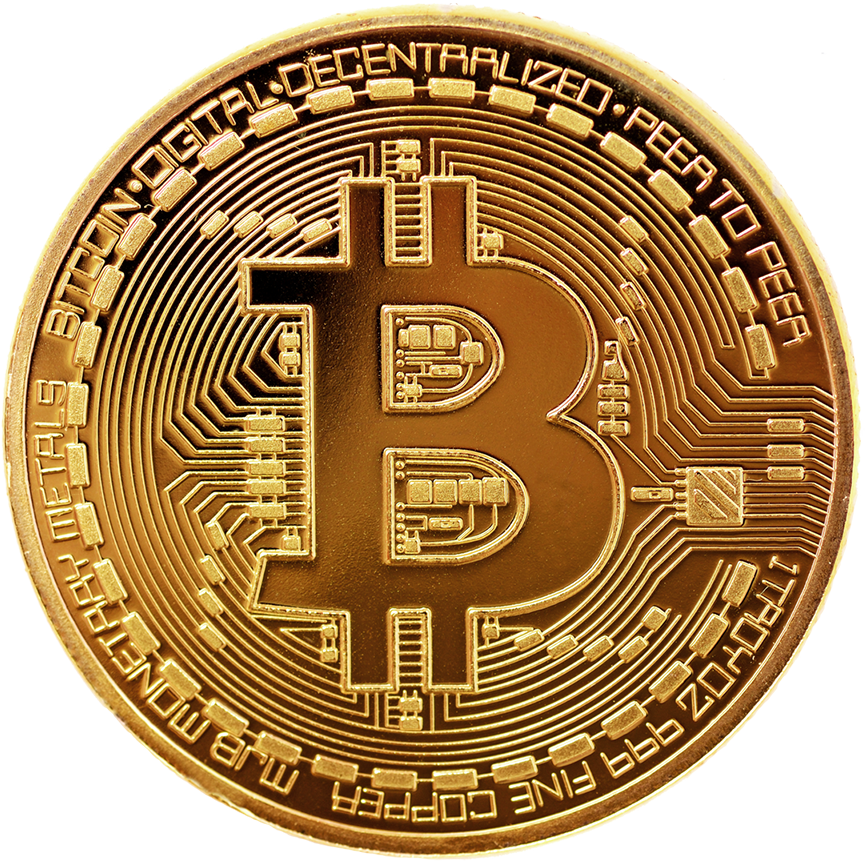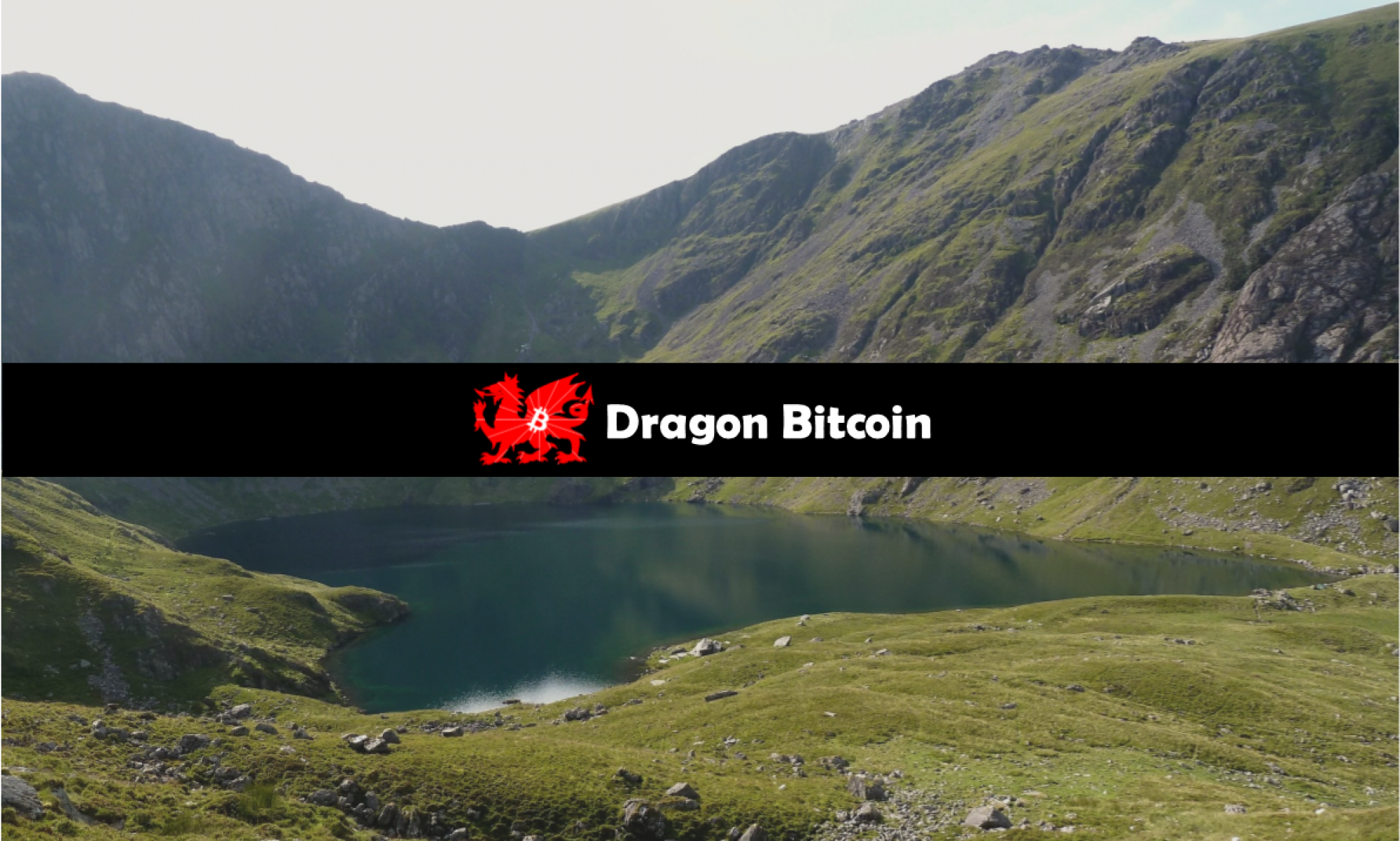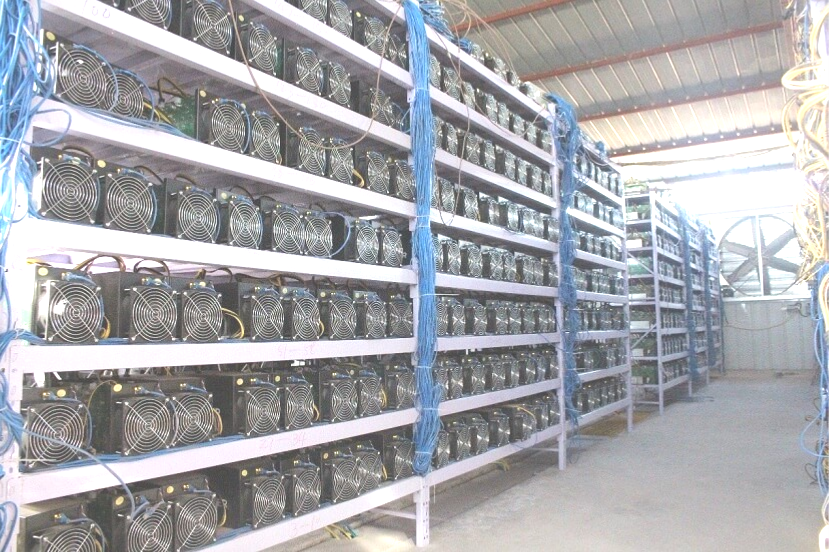The creation of bitcoin is nothing like the creation of FIAT, as there is no central issuing authority that issues endless amounts of banknotes that then go on to devalue the money in your pocket. Bitcoin is decentralised and is created through the process of mining.
There are no picks and shovels involved with bitcoin mining although it does share some similarities to gold mining. Bitcoin mining is the validation of transactions, putting them in a block and adding them onto the blockchain for which the miners are rewarded with new bitcoin and transaction fees.

There are only ever going to be 21 million bitcoins created, approximately 18 million have already been mined leaving 3 million still to be mined.

So far it is estimated that 170,000 tons of gold has been mined with around 52,000 tons still to be mined so both have a finite supply.
We cannot estimate when the gold in the ground will run out, we may even discover more than predicted, but the last bitcoin is expected to be mined in the year 2140 and we will not be able to discover more.
Miners work by compiling recent transactions into a block and then try to solve a computationally difficult puzzle. The first miner to solve this puzzle gets to add the next block onto the blockchain and claim the newly created bitcoin and transaction fees as the reward. The difficulty of solving this puzzle increases with an increase in the number of miners and decreases if miners leave the network.
Miners essentially use brute force to solve the puzzle meaning that the more computing power (hash power) you can use to solve the puzzle the greater your chances of getting to create the next block. This is why you see huge mining farms full of computer rigs being set up around the world where electricity costs are low.
The original concept was for 1 miner/1 computer but the hash power has become so high that there is little point trying to mine bitcoin with one computer on your own as it will take so long to succeed in solving the puzzle that the cost outweighs the reward.
A way around this for smaller miners is to join a mining pool. Many people now contribute their hash power to mining pools where multiple miners contribute their resources over the network to increase their chances of solving the puzzle together as a group. The reward is then split equally in relation to the amount of resources each miner contributed. This means that instead of a single miner very occasionally getting a large reward they can now get smaller rewards spread out more smoothly over time. To use these pool services you will usually pay a % fee to the pool owner.
The above type of mining is called Proof of Work (POW) where an expensive computer calculation is needed to create a new block. There are other types of mining/transaction validating systems used by other cryptocurrencies such as:
Proof of Stake (POS) – all of the cryptocurrency is created to start with. Owners can then stake/lock up a portion of that cryptocurrency as a security deposit and their chance of getting to create a new block is determined based on the size of that stake. Rewards do not come from the creation of new cryptocurrency but transaction fees. The main benefit of this is that it uses much less electrical power to secure the network.
Delegated Proof of Stake (DPOS) – same as POS but this time all owners vote for witnesses to secure the network e.g. top 100 witnesses are paid for their service whilst the top 20 get paid a regular salary creating competition with bad witnesses being voted out.
POW mining is an incredibly complex but important aspect of Bitcoin and it is one of its unique differences from FIAT currencies so it is important to have a basic understanding of the subject as this will allow you to understand the main differences between various cryptocurrencies.

